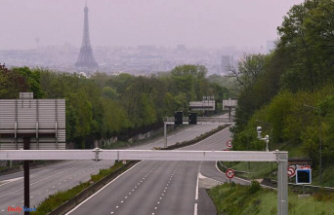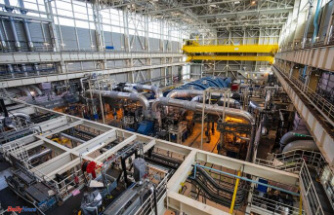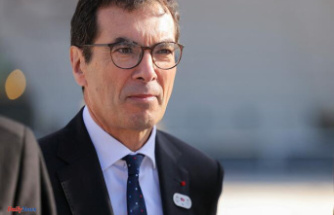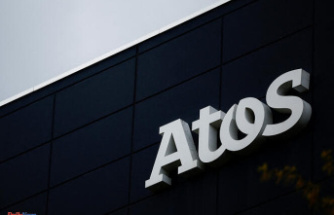A collision of two trains that occurred on Tuesday night north of Larissa, in central Greece, caused at least 36 deaths and more than 85 injuries, 25 of them seriously, local authorities reported Wednesday, while the search for passengers continues. among the remains of the wagons.
This is a provisional balance, since the firefighters estimate that among the remains of the third passenger convoy, there may still be a dozen corpses.
Of the 85 injured who were taken to hospitals, 25 are in serious condition, while a total of 53 remain under treatment and the rest have been discharged. The most seriously injured are in Larissa hospital.
The possible causes of the accident have not yet been disclosed. The passenger train covered the Athens-Thessaloniki route, while the commercial train, probably carrying sheet metal, covered the Thessaloniki-Athens route.
In the two trains, one passenger and the other commercial, 346 passengers and 20 crew members were traveling, explained the railway company 'Hellenic Train'. The trains collided shortly before local midnight (2200 GMT) near Tempe, a small town located in a valley where a railway tunnel is located, about 300 kilometers north of Athens.
Due to the violence and speed of the collision, the locomotives and leading carriages were pulverized. Therefore, the respective drivers and other crew members died in the accident.
Some 250 people who were unharmed or slightly injured were transferred by buses to Thessaloniki, located 130 kilometers north of the accident site.
A reporter sent to the scene of the accident spoke on a station of "apocalyptic" scenes. Due to the severity of the collision, debris from the two trains have been thrown a great distance.
The first estimates point to human error with the two trains running on the same track.
The governor of the Thessalia region, Kostas Agorastos, told ERT that the two trains were on the same track at the time of the collision.
However, there is also the possibility that one of the trains derailed and crashed into the other on the other track, private channel SKAI TV said.
On the website of the local newspaper Onlarissa, a young woman explained between tears that "the train was late and stopped for a few minutes when a thunderous noise was heard."
"We have experienced something very shocking. I am not injured, but I am stained with the blood of other people who were injured next to me," said Lazos, a passenger questioned by the Protothema newspaper.
"At the time of the accident, we were startled because the windows were blown out. People were screaming and scared," another passenger told Skai television.
"Fortunately, we were able to open the doors and escape quite quickly. In other carriages, they couldn't get out and one carriage even caught fire," added the traumatized youth.
The two hospitals in the Lárisa region were required to receive the many injured, according to firefighters.
In addition, the military hospitals in Thessaloniki and Athens are "standing by" in case of need, they noted.
According to the criteria of The Trust Project












